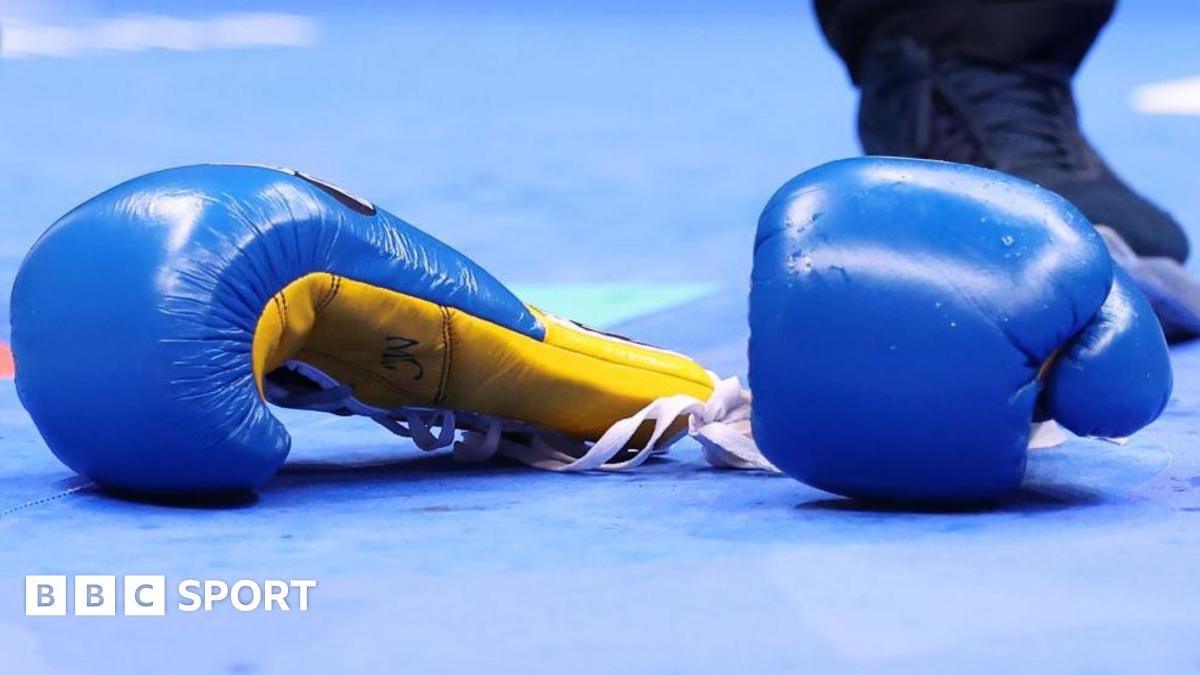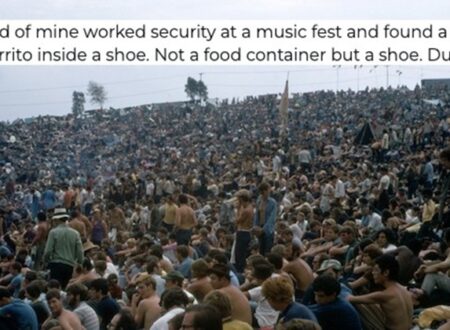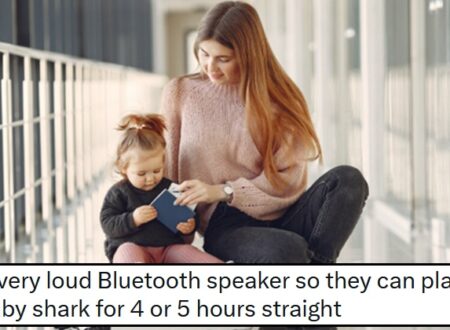These 5 tricks will make back-to-school shopping more affordable

While no one claimed having children was going to be cheap, the cost of back-to-school shopping gives me sticker shock every year.
The National Retail Federation (NRF) estimates that the average household will spend just under $860 on back-to-school shopping for K-12 students returning to the classroom for the 2025-2026 academic year. (That said, depending on how the summer has gone, you may be willing to pay any price to get them back into a daily routine.)
Parents of older kids aren’t off the hook, unfortunately. The NRF also estimates that the average household with a college student will spend $1,325 for all their needed supplies before returning them to campus.
The good news is that back-to-school shopping doesn’t have to overwhelm your budget, no matter how eye-watering the costs may seem. Here’s what you need to know.
Start with school fees
School fees are easily forgotten, which makes them the costs most likely to bust a back-to-school budget.
You’ve probably got a basic mental tally of the school supplies, new clothes, electronics, and backpacks you need to buy for your kids, and it’s very easy to let those items take up the full budget you set aside for back-to-school expenses.
Then it’s time to register your kids, and you learn you have to pay $80 per kid for school fees, plus $70 per kid for Chromebook insurance, and a $50 athletic participation fee so your daughter can join the swim team. This is not to mention prepaying their lunch account, prepurchasing a yearbook, and multiple other potential costs that can add up quickly.
That’s why it’s a good idea to contact the school before you begin shopping to find out what school fees and optional costs you can expect. Then you can leave room in your back-to-school shopping budget rather than let the fees blow a hole in it.
Know where to shop
You can save a lot of money if you shop at the right places, starting in your own home.
Take an inventory of your house
The average American home has closets and drawers full of usable school supplies—often still in their original packaging—that can be repurposed for your kid’s back-to-school shopping list.
This is also true of the backpack full of stuff Junior has left marinating in the basement since the end of last school year. Provided the pack didn’t include unwashed athletic socks (in which case, it’s probably achieved sentience and eaten the cat), careful excavation will likely unearth a number of perfectly good supplies that can be used again next year.
Check local free trading programs
In addition to taking inventory of your home, check for free stuff, too. Programs like Buy Nothing and Freecycle may also have some of the supplies you need. Obviously, you’ll spend time rather than money to use these programs, but the real benefit is keeping usable items out of the landfill.
Online versus brick-and-mortar
While doing all your shopping from your smartphone is convenient, it’s not necessarily cheaper. Brick and mortar stores may offer steeply discounted loss leaders to entice customers in, and many stores like Staples, Kohl’s, and JCPenney offer price matching in store.
As for taking advantage of loss leaders, timing matters. Most weekly sales run from Sunday to Saturday, so you’re more likely to find those deals if you shop early in the week. Just remember that the loss leader is designed to get to the store—where you’ll be tempted to buy everything else you need at full price since you’re already there.
If you do buy online, check for promo codes before checking out to save money. Additionally, consider using a discount gift card to make your purchase. Sites like CardCash allow you to purchase gift cards to major online retailers for less than the face value.
When to skimp and when to splurge
While it may seem like all school supplies are basically the same, educators have been burned by cheaply made materials. This is why many teachers will specify the brand of marker, glue stick, or other supplies they want your child to have in their desk. After years of dried-out and unusable supplies, your child’s teacher has strong opinions about off-brand options.
Even if your teacher or their supply list doesn’t provide guidance on when it’s okay to skimp and when to splurge, a good rule of thumb is to splurge on anything that gets frequent use and requires durability.
Just remember that rule of thumb describes a laptop for a college student, but it also describes a box of crayons for a kindergartner.
It’s the most wonderful time of the year
The smell of sharpened pencils is in the air, yellow school buses are returning to their routes, and students are vowing that this is the year they’ll actually do all their homework on time. Don’t let the fear of busting your budget on back-to-school shopping ruin this lovely moment.
Reaching out to your child’s school to determine what fees you may have to pay will help you set your back-to-school budget before you start shopping. From there, find as many free school supplies as you can in your own home and through local trading programs. When you’re ready to shop, compare online and in-store deals to find the best prices. But while you’re shopping, don’t skimp on important supplies.
The nation’s teachers will thank you.
What's Your Reaction?
 Like
0
Like
0
 Dislike
0
Dislike
0
 Love
0
Love
0
 Funny
0
Funny
0
 Angry
0
Angry
0
 Sad
0
Sad
0
 Wow
0
Wow
0



























































































